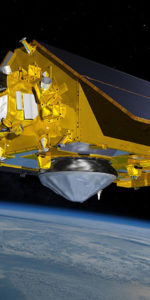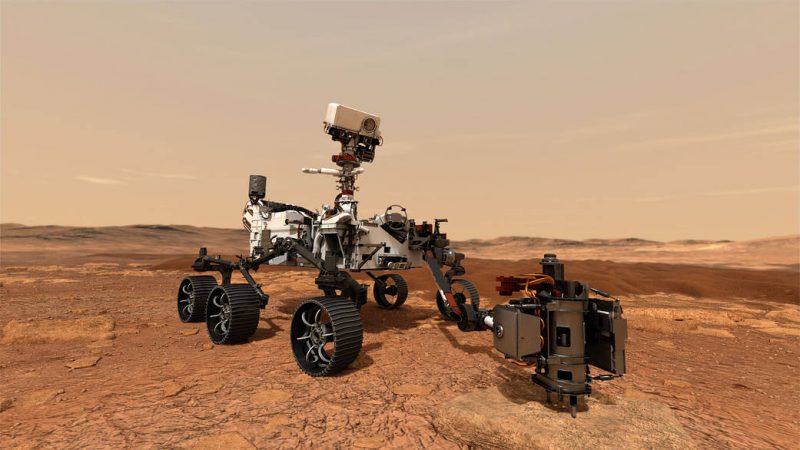
NASA’s latest Mars rover, Perseverance, is now less than 100 days away from its landing in Jezero Crater on Mars (94 days at the time of this writing). The rover is currently just over 177 million miles (285 million kilometers) from its destination, with touchdown scheduled for Feb. 18, 2021.
Perseverance was launched last July, and reached the halfway point to Mars earlier this month, with the entire trip taking about six-and-a-half months.
While we call the six-and-a-half-month trip from Earth to Mars ‘cruise,’ I assure you there is not much croquet going on at the lido deck,” said Project Manager John McNamee of JPL. “Between checking out the spacecraft, and planning and simulating our landing and surface operations, the entire team is on the clock, working toward our exploration of Jezero Crater.”
On December 18, the mission team will perform a trajectory correction maneuver, using the cruise stage’s eight thrusters to refine the spacecraft’s flightpath toward Mars.
The spacecraft itself also remains in good health. The propulsion subsystem of the descent stage, used to help lower the rover onto Mars via the SkyCrane (also used by the Curiosity rover), was checked on November 9 and found to be in good working order. The next day, November 10, the PIXL and SHERLOC instruments were also tested.
Next week, on November 16, the mission team will begin a five-day simulation of surface operations for the rover. This includes both driving the rover and collecting rock and soil samples. Another similar simulation will be performed later in December.
During such simulation tests, unexpected challenges are deliberately added in by team members who act as “gremlins.” This is to help the mission team prepare for any problems that may occur during landing or surface operations. Landing on Mars is not easy, so all precautions must be taken to hopefully ensure a successful landing.
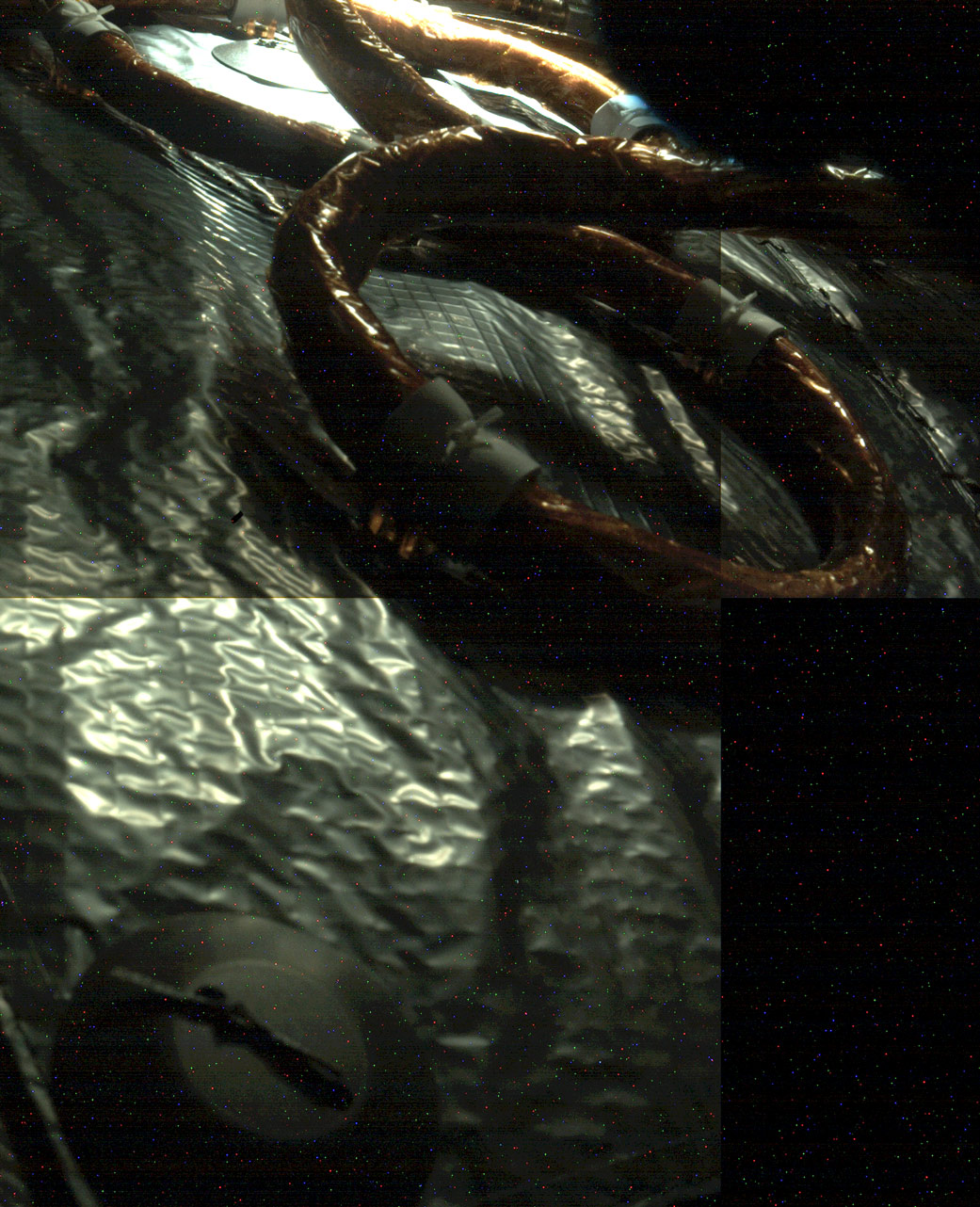
In a related development, an independent review released last Tuesday shows that NASA is ready to begin its Mars Sample Return (MSR) campaign, which Perseverance is a crucial part of. The MSR Independent Review Board (IRB) was established to evaluate a partnership between NASA and the European Space Agency (ESA) for returning the first samples from Mars directly back to Earth.
Perseverance will acquire those samples and store them onboard in several collection tubes until a future mission is sent to retrieve them.
“Mars Sample Return is something NASA needs to do as a leading member of the global community,” said NASA Administrator Jim Bridenstine. “We know there are challenges ahead, but that’s why we look closely at these architectures. And that’s why in the end, we achieve the big accomplishments.”
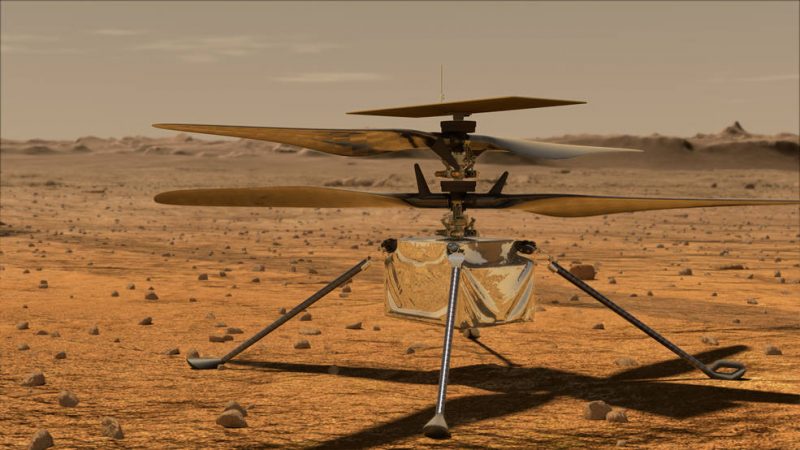
Rovers and landers have done in-depth analysis of martian rocks and soil, but having actual samples in a laboratory back on Earth would allow scientists to do even more detailed testing. This is required especially for trying to determine whether life ever existed on Mars, in this case specifically in Jezero Crater, which used to be a lake a few billion years ago.
“NASA is committed to mission success and taking on great challenges for the benefit of humanity, and one way we do that is by ensuring we are set up to succeed as early as possible,” said Thomas Zurbuchen, NASA associate administrator for science at the agency’s headquarters in Washington. “I thank the members of this board for their many hours of work resulting in a very thorough review. We look forward to continued planning and mission formulation in close partnership with ESA. Ultimately, I believe this sample return will be well worth the effort and help us answer key astrobiology questions about the Red Planet – bringing us one step closer to our eventual goal of sending humans to Mars.”
NASA has made sample-return a top priority for future Mars missions, including for the National Academies’ Planetary Science Decadal Survey for 2013-2022. IRB was initiated last August to help ensure its success.
“The MSR campaign is a highly ambitious, technically demanding, and multi-faceted planetary exploration program with extraordinary scientific potential for world-changing discoveries,” said David Thompson, retired president and CEO of Orbital ATK, who also chaired the IRB. “After a thorough review of the agency’s planning over the past several years, the IRB unanimously believes that NASA is now ready to carry out the MSR program, the next step for robotic exploration of Mars.”
“The independent review has given strong support to MSR, which is great news for the campaign,” says ESA’s Director of Human and Robotic Exploration, David Parker. “It reinforces our shared vision to provide the world’s scientists with pristine pieces of the Red Planet to study using laboratory tools and techniques that we could never take to Mars.”
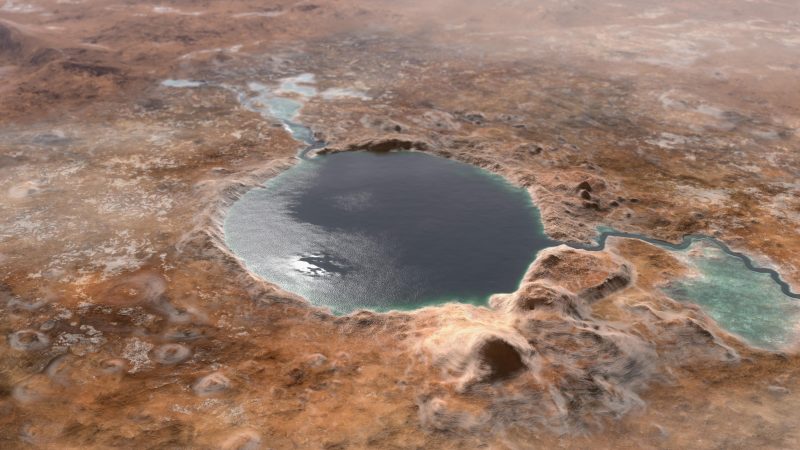
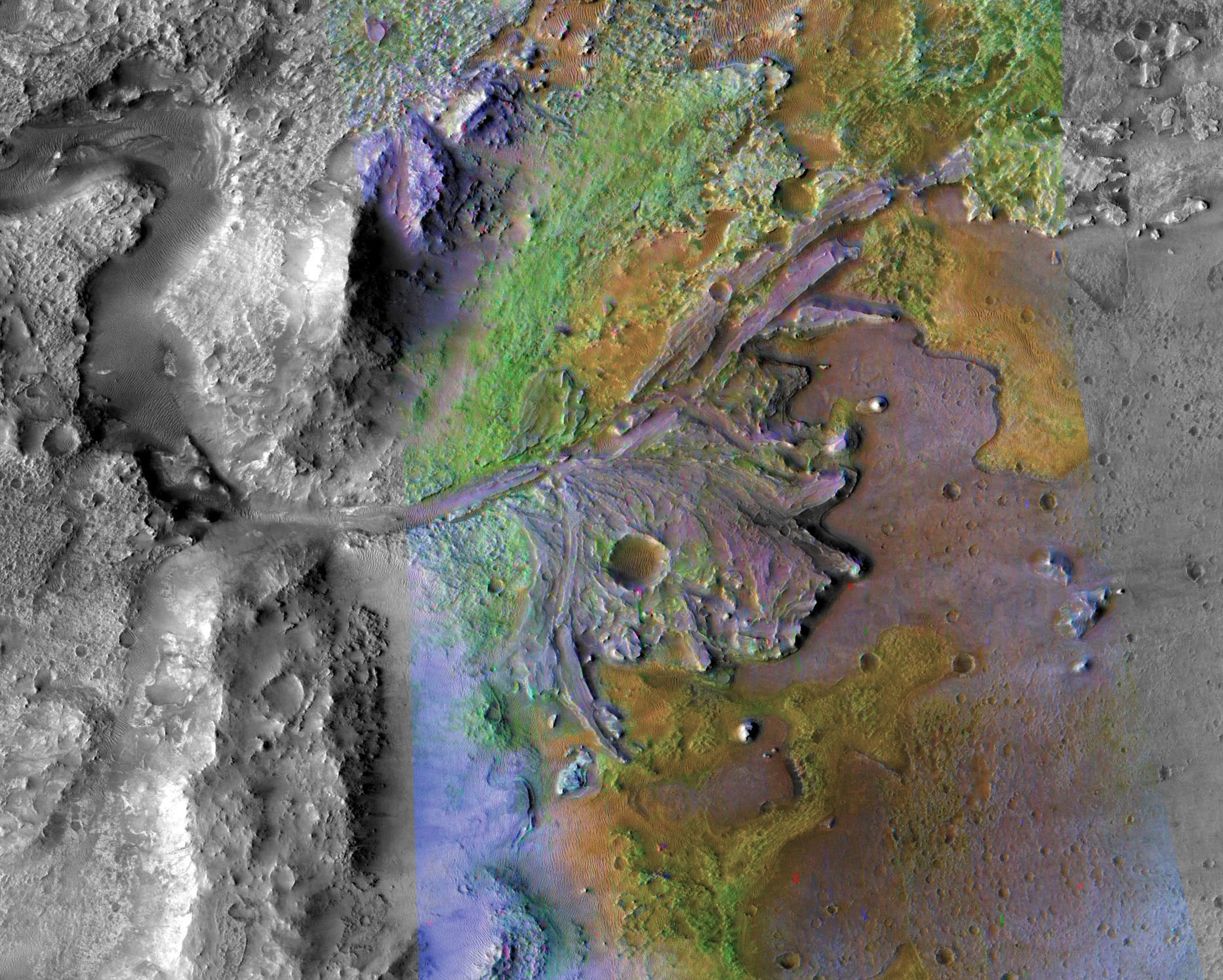
You can read the full report here.
Sample-return from Mars has been a goal of NASA for many years, and Perseverance will be a big step toward accomplishing that goal. If successful, it will be the first return of samples to Earth from any other planet.
The primary goal of the Perseverance rover is to search for evidence of past microbial life, whether chemical traces or fossils. This is the first mission since the Viking landers in the 1970s/1980s to look directly for life on Mars. More recent rovers and landers, like Spirit, Opportunity, InSight and Curiosity, have focused more on geology, including whether there were habitable conditions on Mars billions of years ago. They have done so, proving that there were lakes and rivers where microbes could have lived. Curiosity has also found organics (although not life itself) still preserved in ancient mudstone rocks that used to be on the lake bottom of Gale Crater.
The key objectives of the Perseverance mission include:
• Explore a geologically diverse landing site
• Assess ancient habitability
• Seek signs of ancient life, particularly in special rocks known to preserve signs of life over time
• Gather rock and soil samples that could be returned to Earth by a future NASA mission
• Demonstrate technology for future robotic and human exploration
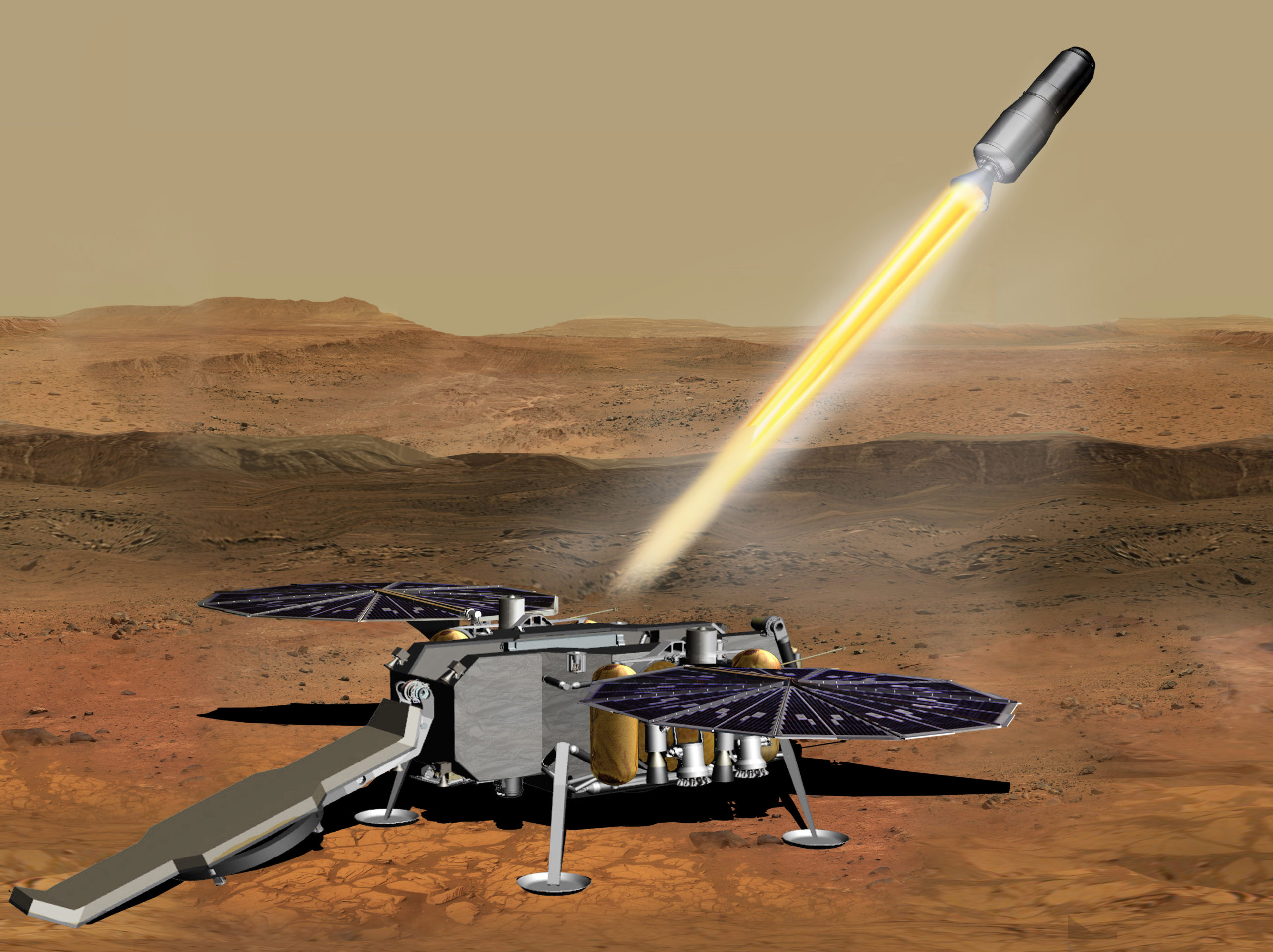
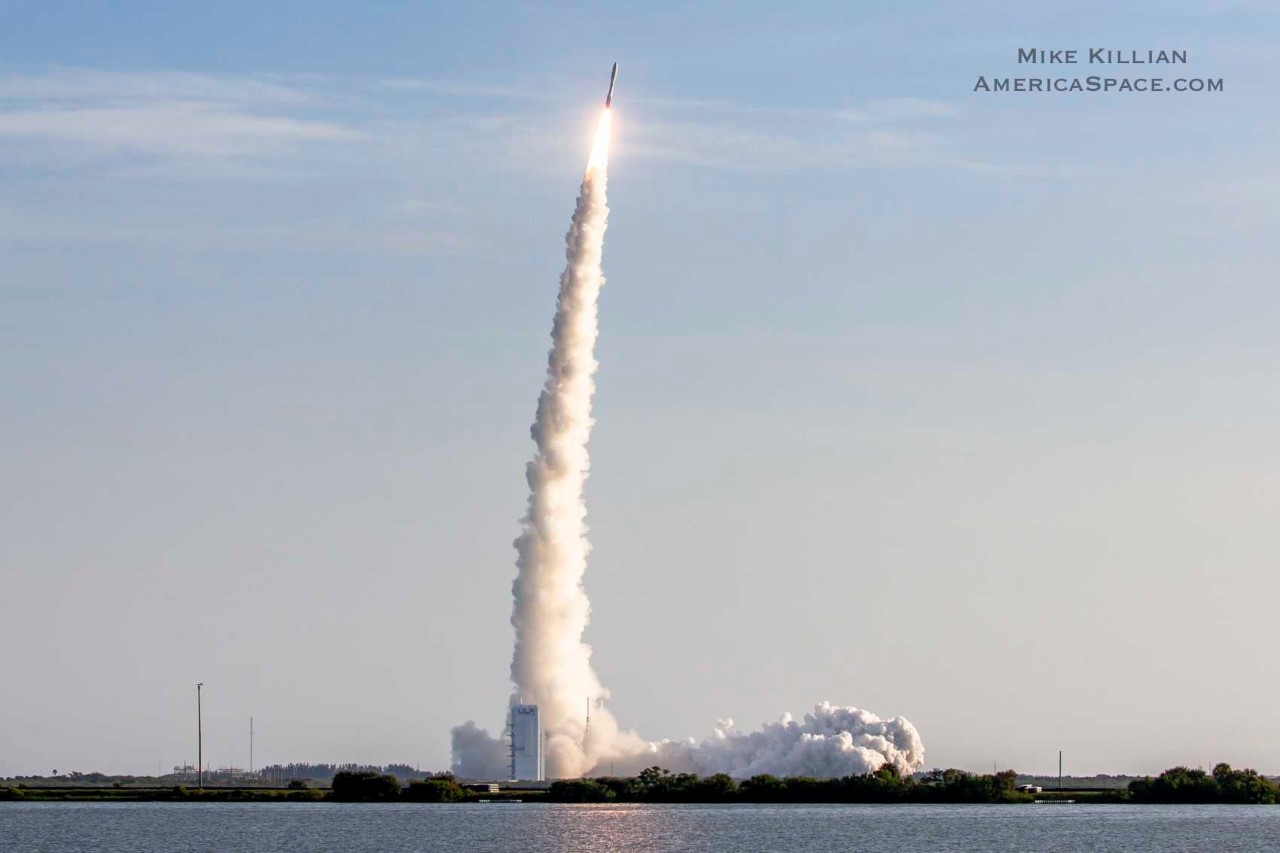
Perseverance also has a companion, a small drone-like helicopter called Ingenuity. It will fly ahead of the rover, acting as a scout to view the terrain from above and help spot interesting features for the rover to drive to. If successful, it will be the first-ever aircraft to be flown in the atmosphere of another planet.
Perseverance was launched on July 30, 2020 onboard an Atlas V 541 rocket, from Cape Canaveral Air Force Station in Florida.
You can follow Perseverance’s progress toward Mars, with a cool full interactive experience, on Eyes on the Solar System.
More information about Perseverance is available on the mission website.
.
.
FOLLOW AmericaSpace on Facebook and Twitter!
.
.




